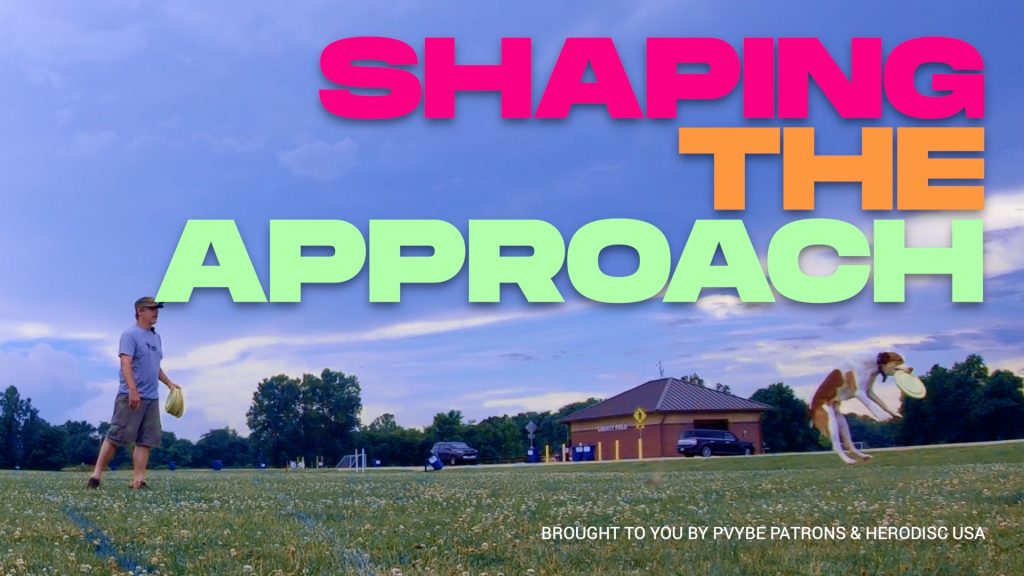
Shaping the Approach
Team’s move together. The only time a team runs at each other without cooperation or purposeful cooperative movement is when the play is done. To keep the flow going and demonstrate Team MovementTeam Movement is how dog and handler move, as a team, out there on the field. It is a judging category in some organizations and certainly is a focus of many judges, players,... More in dog frisbee, the dog and handler should be moving together, you know, like a team.
Team Movement is more than just a score, Team Movement is creativity, flow, drive management and control. ShapingShaping is a learning technique where successive approximation and a Positive Marker are used to teach behaviors and communicate concepts. Successive approximation essentially means continually closer to the target behavior. So Shaping is... More the approach of your dog after a catch at a distance is a critical foundational skill that not only looks good and scores well, it enhances the performance and capabilities of dog, handler, and team.
There are many ways to shape an approach in order to enhance Team Movement. We’ll discuss a few of these below.
Lines, Angles & Shapes
The first way to start to shape some unique approaches is to stop throwing straight out in front of you – just stop it. There are a full 12 numbers of the clock and 360º of angles to throw your discs in, why only throw at 12 o clock or at 0º?
This is super frustrating to watch as a teacher, coach, and judge. And while I might be in the minority of judges who are frustrated by this monodirectional play, I would hope that I’m not in the minority of teachers and coaches, although I think I am judging by the typical performance of 90+% of freestylers.
And some of you might suggest that I’m being unfair with the single angle gripe, I mean people throw straight behind them at 6 o clock or 180º, but I think I got you there – it’s the same angle and the same line… Yawn… boring. A single line is not an angle, and certainly not a shape. Any game made up of a single line without angles or shapes is not much fun to play or watch.
Throwing at various angles is the first step towards shaping different approaches. Once the dog starts to approach at various angles there is more opportunity to create shapes in your play.
Creating shapes in your play is how you control your dog’s speed and pace of play and how you manage drive and develop leaping skills on the run. Without a shape to regulate your dog’s speed and to require your dog to do something other than chase after the disc, managing drive and teaching the dog to leap on the run is near impossible. Without shapes only the naturally big leaping dogs will leap and only the naturally patient dogs will regulate their speed.
I recommend throwing at 10 o clock and at 2 o clock to create shapes. There are other angles – 4 o clock, 8 o clock, are nice as well – but the key remains to throw in directions other than 12 and 6. I would add that 3 and 9 o clock wind up with the same linear chase pattern and resultant linear approach as 12 and 6. Mix it up, experiment and develop angles and shapes that work for you and your dog.
Handler Movement
The approach of a dog, even from straight out in front, can be shaped simply with handler movement. If your dog is running towards you, simply turning to the side changes the angle and shape of the approach. Add some movement to that turn and you’re further changing and shaping the dog’s approach. This is very useful to keep a dog from flying back at you with reckless abandon.
Adding some handler movement to a variety of throwing angles also can create and shape interesting and useful approaches.
Regulating Speed and Managing Drive
Moving towards the dog will slow the dog down. The pressure applied by the moving handler will be read by the dog and the dog will slow down. Moving away from the dog will create a vacuum of pressure that pulls the dog in faster than normal.
Turning to the side can either increase speed as the forward facing pressure of the dog is reduced or can slow the dog down as the dog tries to read the motion of the handler. Moving laterally to the dog’s line can have the same positive or negative effects on speed.
Creating Shapes
In addition to regulating speed and controlling drive, handler movement as mentioned above can and does create shapes and angles. Moving towards or away from the dog are the only two directions that do not create angles or shapes, but other than that, any movement you make whether it’s turning or moving will shape a unique approach.
Frisbee dogs want to work in front of the handler, as that’s where we normally start and where most throws are delivered to – there is a strong reward history from Front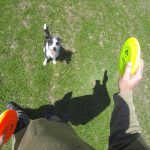 Front is a stable position directly in front of the handler. Front is an traditional obedience skill. Usually your dog sits in this position, but standing is often acceptable as well, especially in... More position. So whichever way you turn or move, the dog will adjust the approach to arrive in front of you. This is super helpful for creating shapes and angles.
Front is a stable position directly in front of the handler. Front is an traditional obedience skill. Usually your dog sits in this position, but standing is often acceptable as well, especially in... More position. So whichever way you turn or move, the dog will adjust the approach to arrive in front of you. This is super helpful for creating shapes and angles.
To do this well and for it to be truly useful you’ll have to experiment a bit and tailor your movement to your canine partner, but once you start moving with purpose both you and your dog will start to move better as a team.
Cultivating Team Movement
Handler movement, with purpose, that is not simply moving towards or away from the dog will cultivate Team Movement. Once the dog realizes that your movement needs to be accounted for, your dog will start to read and respond to you as a handler as you move around the field.
If you have not moved much as a handler this might not work right away. The dog might fall into historical directional or patterned movement that has worked in the past but with a few reps and some applications of the stuff below, your dog will start to respond to your movement in predictable and controllable ways – you know, like a teammate.
Reward Placement
The approach to the handler starts from where the catch is made. How the dog is moving at the time of catch dictates where and how the approach will go down.
Manufacturing the Approach is a good way to think about your out throws. Instead of just chucking something out there, wherever there may be and letting your dog chase it down, throw with some thought and intent, and you can shape and control your dog’s approach for any of the reasons needed above.
If you throw real far, regardless of the direction or angle, the approach will wind up linear. If you throw too short or too high, the approach will also be linear. There is a bit of a Goldilocks thing going on here, where you put it matters and you will need to find the spot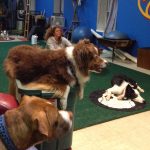 Spot is a “go to a place”, or “go to a mat” behavior. This means that the dog seeks out and performs a duration behavior on a spot of the handler’s choosing. A... More that is just right for your dog and for the desired approach.
Spot is a “go to a place”, or “go to a mat” behavior. This means that the dog seeks out and performs a duration behavior on a spot of the handler’s choosing. A... More that is just right for your dog and for the desired approach.
Reading the Dog
All of this stuff requires the handler to read the dog. Reading the dog is a critical skill for Flow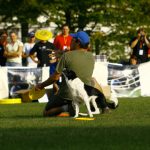 Flow is a key component of the modern day disc dog game. Keeping your dog moving with seamless, ever moving and flowing sequences with little to no set up time is the goal... More, Shapes, and Team Movement. And is also key to regulating speed and teaching the leaping skill at a distance.
Flow is a key component of the modern day disc dog game. Keeping your dog moving with seamless, ever moving and flowing sequences with little to no set up time is the goal... More, Shapes, and Team Movement. And is also key to regulating speed and teaching the leaping skill at a distance.
After your dog makes a catch, simply observe how the dog comes out of the catch, we call this exit from the catch the Release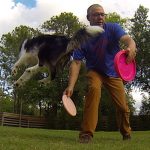 Release has many meanings in disc. Throws and throw variations can be referred to as releases. Sometimes you talk about the dog releasing something, the toy, or the environment, as in to stop... More, as it is more than partially based in pressure.
Release has many meanings in disc. Throws and throw variations can be referred to as releases. Sometimes you talk about the dog releasing something, the toy, or the environment, as in to stop... More, as it is more than partially based in pressure.
So when your dog makes the catch, be present and observe where and how the dog moves after. This knowledge will be critical to shaping an approach and cultivating a sense of Team Movement.
Peace & Happy Jamming
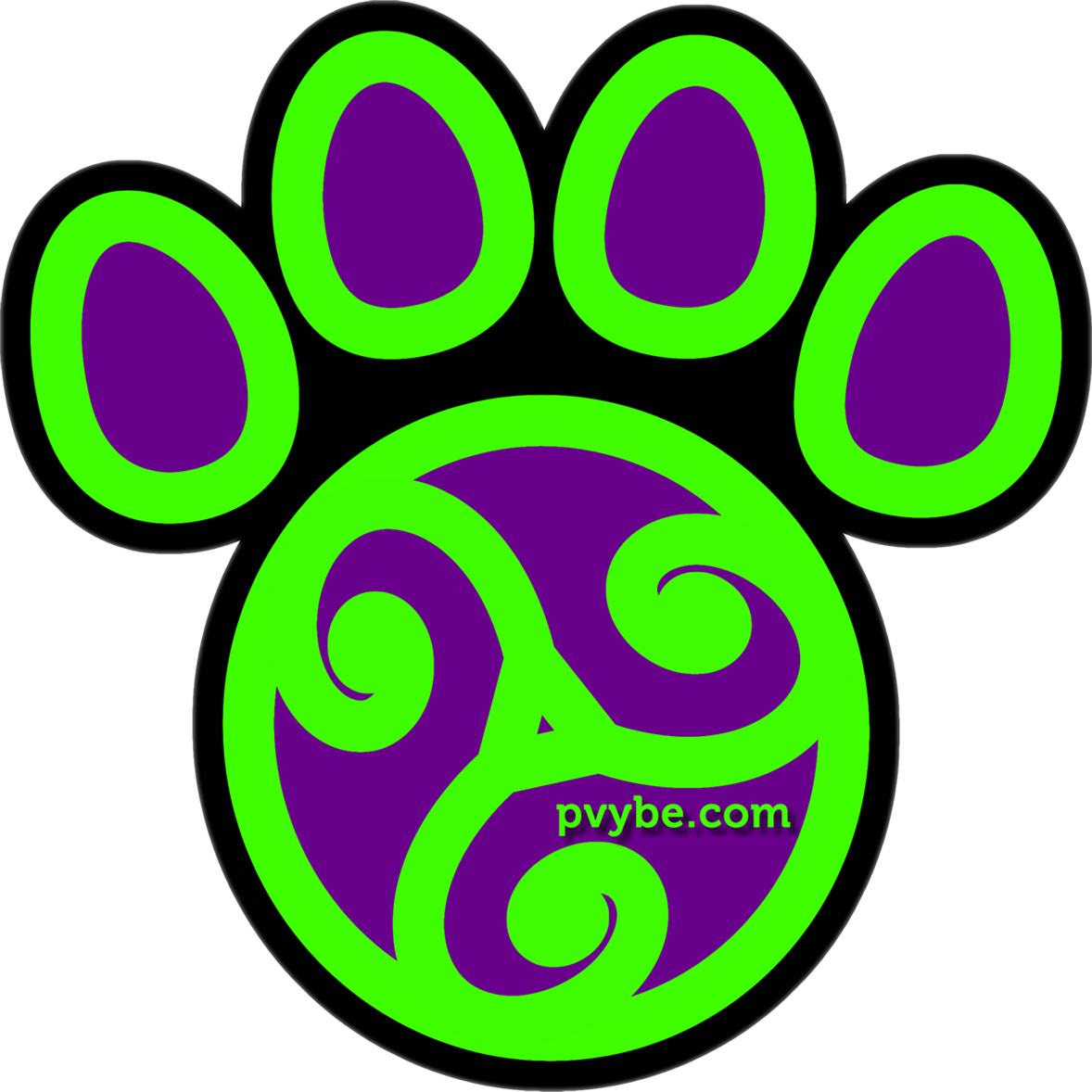


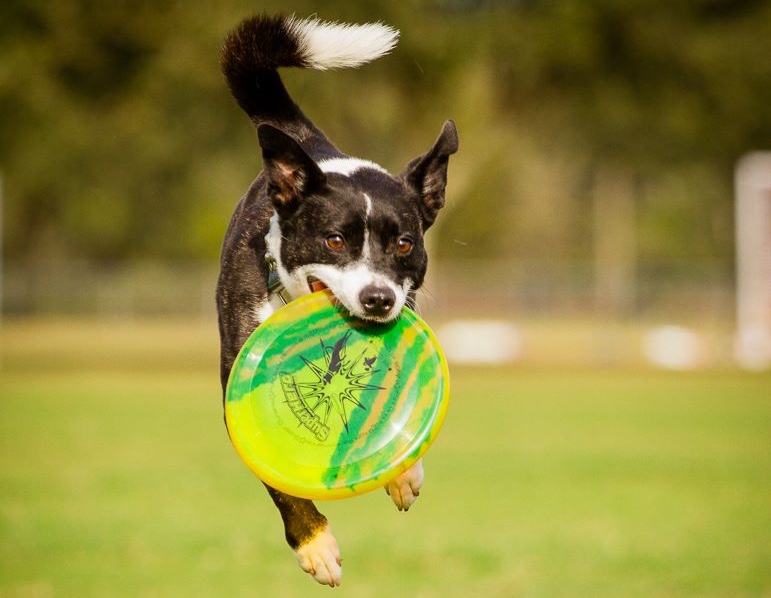
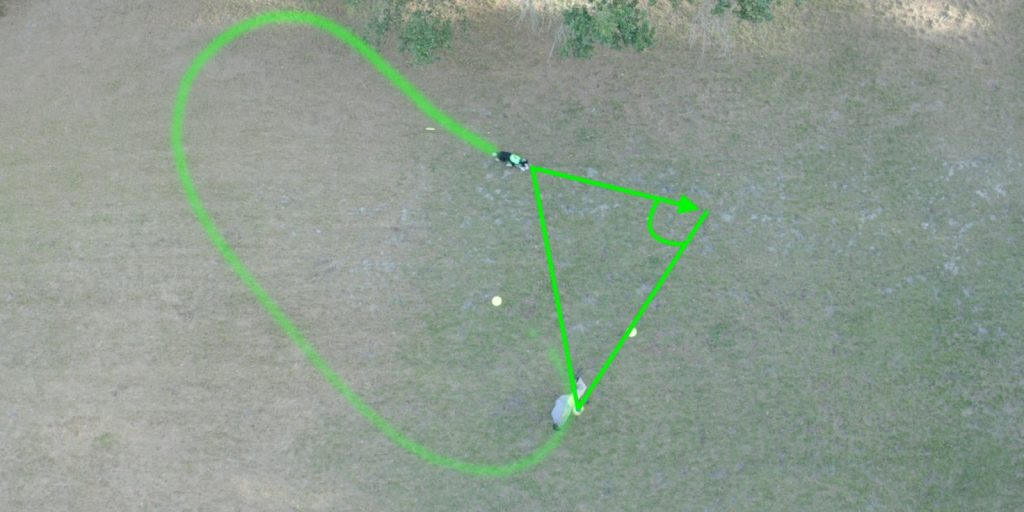
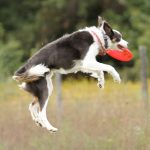
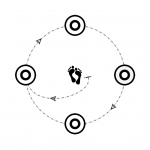

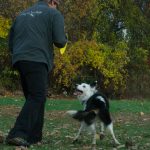
This really lays out how to get the approach you want, Excited to see if I can accomplish the interception and Thank you Ron for All you do for us 🤩
Thanks Ron! Absolutely needed article.
Raining in Maryland and I have in between competition time to catch up on PVybe, strengthen skills, revisit concepts, and work on better teamwork. This post – as well as the related Shading post- has been a great eye opener.I’ve only been playing a year and this was our first competition season. I’ve invested a lot of time into wrapping my brain around many of your flatwork and foundation concepts and classes . I feel this post and video made the “don’t just throw out in a straight line “ of my coach FINALLY click in my brain. I went out and took video of just the first segments of the routines of both my dogs. And loudly commented on the release direction of each move. Then went back and applied the concepts of moving to the top of the dog – staying with their flanks or hanging back. Then rewatched the movements and lines. WOW! It instantly solved some of my issues when I just held the flank or turned my body away and held back. I then could purposefully adjust my throws to different angles that looked way better than the straight out throws. My brain takes time to piece concepts together so they have meaning for me…. And this post REALLY hit the spot! Thank you!
Excellent! Super, super cool comment. Glad you caught this.
There are layers and layers of this understanding. I’m constantly relearning this lesson – over and over, it seems.
Peace & Happy Jamming!
Reading this for a second time, and it is clicking and meaning much more now. I will work on this when practicing with Odie and am sure it will improve our Fly Chi forms!